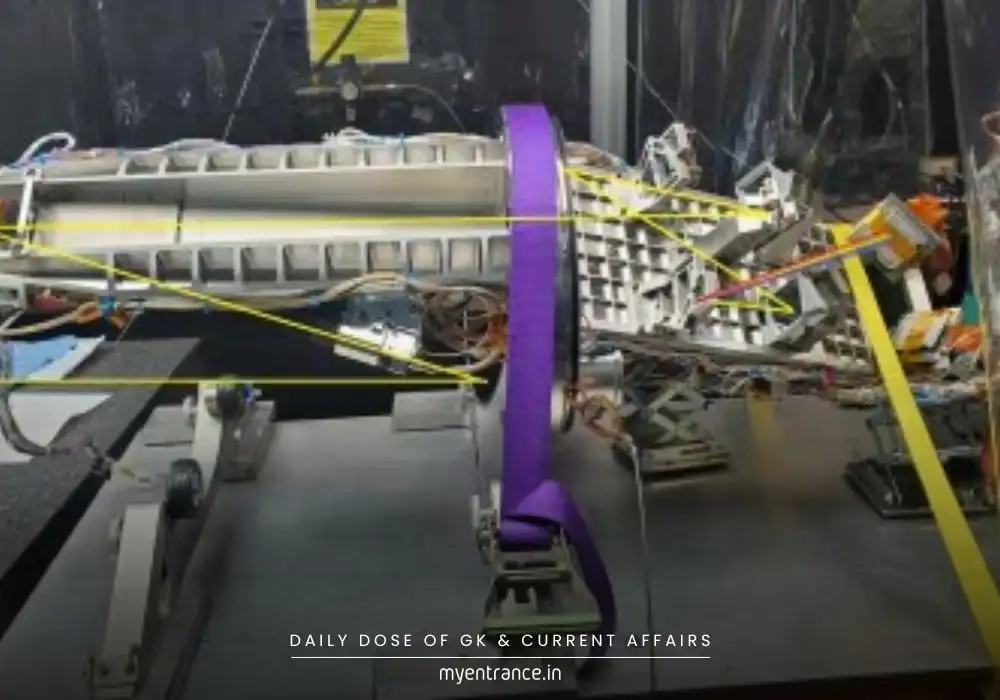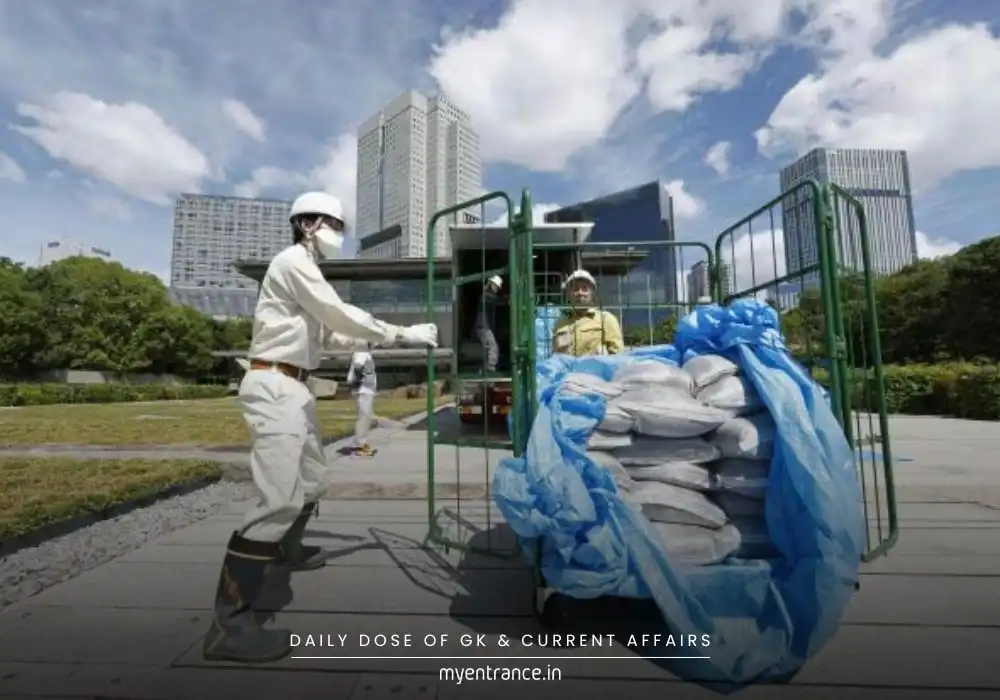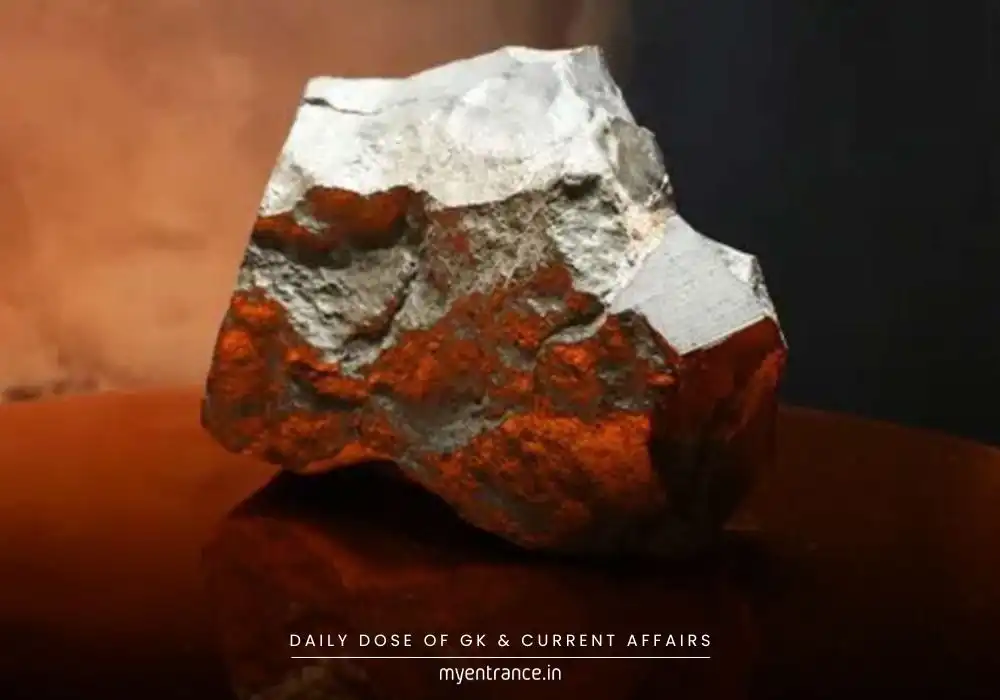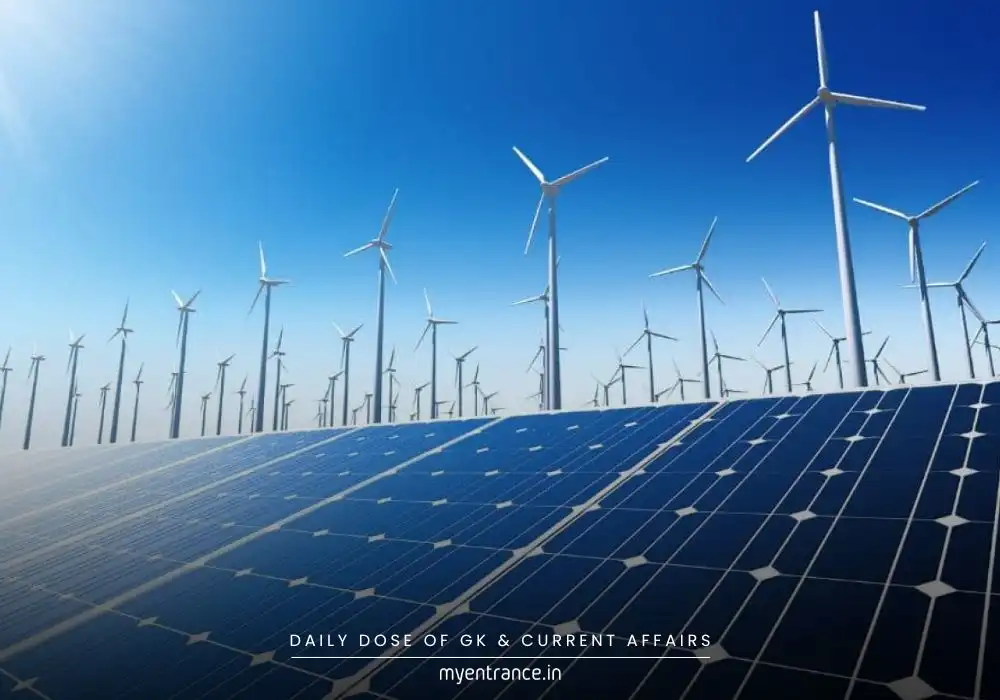Translate Language
Why is NASA Studying the Sun’s Red Layer? The SNIFS Mission Explained
NASA’s SNIFS mission, a global effort with top solar physicists, targets the Sun’s elusive chromosphere—a dynamic layer key to understanding solar storms and coronal heating. This mission could transform our grasp of solar activity and space weather.

The Chromosphere: Solar Science’s Puzzle
The chromosphere is a thin, fiery-red layer sandwiched between the Sun’s visible surface (photosphere) and its superheated corona. Here, temperatures spike from 6,000°C to over a million degrees, fueling solar flares, plasma jets, and colossal energy surges. Scientists call it “the gateway to the corona” because cracking its code may finally explain why the Sun’s outer atmosphere is 300 times hotter than its surface—a question haunting astrophysics for decades.
SNIFS: NASA’s Game-Changing Tool
The Solar EruptioN Integral Field Spectrograph (SNIFS) is the first ultraviolet spectrograph ever flown to map the Sun in 3D. Unlike earlier instruments, it captures real-time, high-resolution data across an entire 2D field. Its secret weapon? Focusing on the Lyman-alpha line—the brightest UV light emitted by the chromosphere. Every pixel SNIFS scans reveals a full spectrum of data, letting scientists track temperature, plasma density, and explosive solar movements like never before.
Uses of the SNIFS Mission
Predicting Space Weather: By analyzing chromospheric energy flows, SNIFS data could improve forecasts of solar storms that disrupt satellites, power grids, and GPS.
Solving Coronal Heating: It pinpoints how energy rockets from the chromosphere to the corona, demystifying one of the Sun’s biggest enigmas.
Upgrading Solar Models: The mission’s 3D maps will refine simulations of solar eruptions, helping researchers test theories about plasma behavior under extreme magnetism.
Why the Chromosphere Defies Study
This layer is a chaotic mix of ionized plasma, neutral atoms, and tangled magnetic fields. Standard physics models fail here because particles behave unpredictably—colliding, charging, and accelerating in ways that blur thermodynamic rules. SNIFS’ brief 10-minute flight (via a sounding rocket) cuts through this complexity, delivering snapshots of live solar activity to decode how energy ignites and spreads.
Global Collaboration for Solar Clarity
Led by NASA’s Goddard Space Flight Center, the University of Colorado, and Queen’s University Belfast, SNIFS exemplifies global teamwork. Despite its short flight, the data it gathers will empower scientists worldwide to rethink how the Sun’s atmosphere evolves.
Q&A About NASA’s SNIFS Mission
Q: What atmospheric layer does NASA’s SNIFS mission primarily target?
A: The chromosphere.
Q: Which spectral line is SNIFS designed to observe?
A: The hydrogen Lyman-alpha line.
Q: Why is the Sun’s corona hotter than its surface?
A: This remains unexplained, but SNIFS aims to clarify energy transfer from the chromosphere.
Q: Name one challenge in studying the chromosphere.
A: Its mix of charged/neutral particles defies standard thermodynamic models.
Q: Which institutions collaborate on the SNIFS mission?
A: NASA Goddard, University of Colorado, and Queen’s University Belfast.
Why This Matters for Exams
Topics like SNIFS and solar physics frequently appear in UPSC, SSC, and KAS exams under Science & Technology or Current Affairs sections. Understanding such missions helps you:
Tackle questions on space research, NASA projects, and solar phenomena.
Demonstrate grasp of interdisciplinary concepts (physics, astronomy, and tech innovation).
Stay updated on global collaborations—a recurring theme in descriptive papers.
For more exam-focused insights on space tech and current science, explore our Daily Current Affairs module at myentrance.in!
Get 3 Months Free Access for SSC, PSC, NIFT & NID
Boost your exam prep!
Use offer code WELCOME28 to get 3 months free subscription. Start preparing today!















